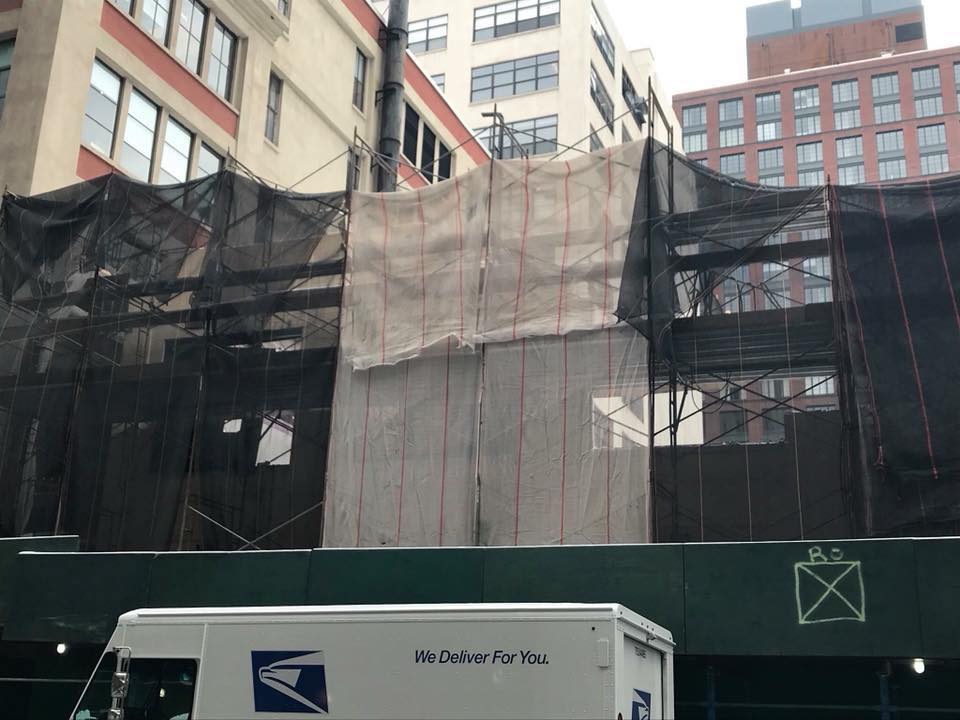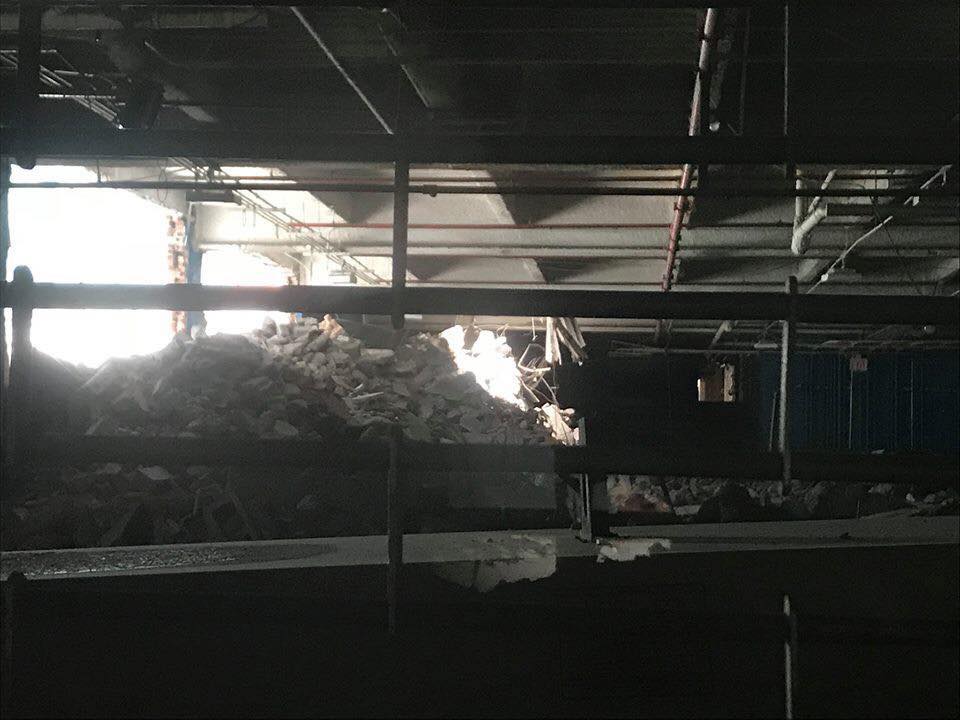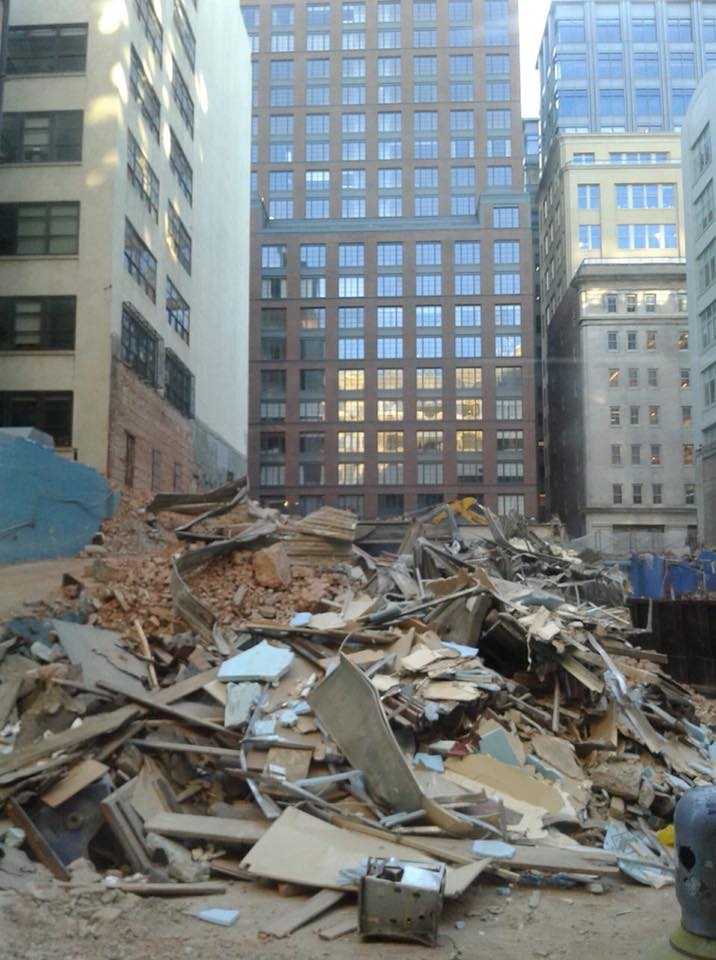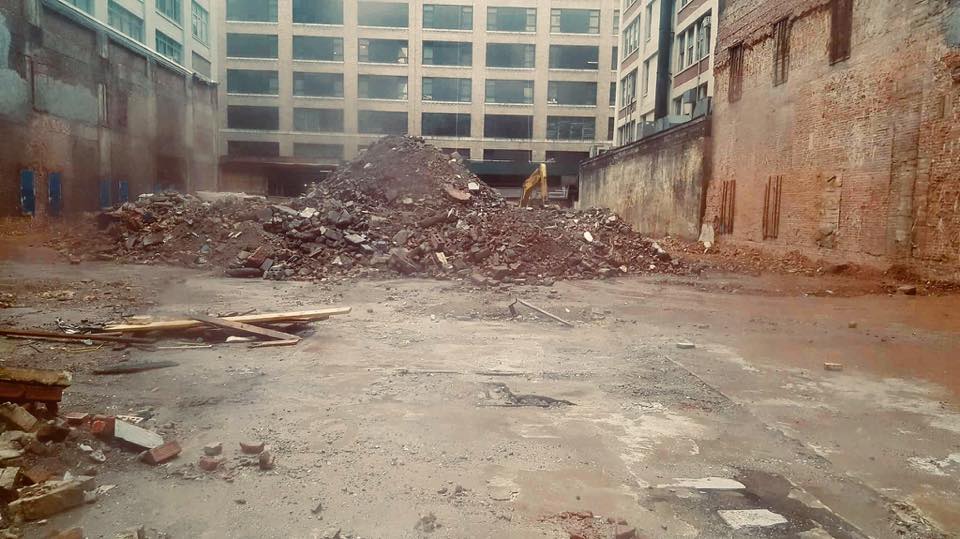In Memoriam 3. Places
647-648 Broadway. The site of David Mancuso’s The Loft. Now forgotten.
As I write this I’m staring up at a photograph on my wall of 647 Broadway in New York. Four floors of apartments sit atop Han’s Deli Grocery and Zigi’s Shoes storefront. I wonder how many New Yorkers pass this innocuous building every single hour without the slightest clue of its importance? That whole building should be preserved for posterity; the site of Mancuso’s fabled Love Saves The Day parties. In the final part of the In Memoriam mini-series, I explore the significance of location in dance music, and how we remember spaces and places that were so integral to the culture.
In this mini-series about memory and heritage I’ve tried to question how we curate legacies. Records are relatively easy things (comparatively speaking anyway) to curate and memorialise; we can construct narratives and stories from the order of vinyl discs on a shelf, and we can record the details of the material culture. People prove harder objects to run through the process of heritagization. And, unlike records which are selected for us, who should be memorialised? Harder still are buildings. What qualifies as a site of significance for music? And how should we remember them (if at all)?
The Paradise Garage was torn down last year. It was the site of Larry Levan’s musical explorations into unknown territory, Michael Brody and Mel Cheren’s greatest triumphs, and innumerable finite experiences of clubbers. But the garage was long gone before it was levelled. For nearly two decades it had been a depot for the American telephony company Verizon, used to store and fit their branded technical support vans. Surely, this can’t be the same garage that saw Keith Haring and Bernard Sumner take to the floor? Surely, this can’t be the same garage that influenced the Haçienda in Manchester?
There are those that would suggest the building was simply a shell or vessel, something in which something happened rather than a part of the events. But the garage had been meticulously designed at great cost to Michael Brody. Could the dimensions of the dance floor or the height of the DJ booth tell us something we do not know? When I was in New York for this project I tried to gain access to the building but was denied entry by Verizon’s community engagement rep. I had dreams of finding old speaker ports stashed at the base of columns, or seeing the breeze block room that served as Levan’s bedroom for the entirety of the construction. It was not to be.




But the question is still, had I found a speaker port what would that have told me? What would I have learned? An XLR socket doesn’t connect to the past or allow me to perceive what happened there. Yet, these places do maintain some hold or power over us. They resonate with our emotions and nostalgia for times past. Maybe emotional geography is the best lens to explore buildings through? Especially when said buildings have been razed to the ground leaving little material culture for archaeologists to get to grips with.
It might just be nostalgia. Certainly, there is little effort made to save these spaces, or celebrate them, or even recognise them! No blue plaques adorn their walls, no tour groups pass in awe or wonder, not even underground tours show you around the most important spots in night world. Yes King Street was renamed as Larry Levan Way for a weekend, and a small section of South Jefferson in Chicago has been renamed as an honorary Frankie Knuckles Way, but these are more concerned with the individual than the location. Paradise Garage Avenue and The Warehouse Drive would be much more appropriate.
We have relics, shrines, holy cities. Where are our holy sites in dance music? We don’t make pilgrimages to recognise the sites of old, and the clubbers now dancing their way through the pearly gates. I’m not suggesting that every club on every corner needs a plaque. No one wants to take a spiritual journey to the site of the scat room at Mineshaft, or to the high-disco neon tack of Xenon or 2001 Odyssey Disco. The Stonewall National Monument now exists, so why not the Warehouse Monument? Thankfully the NYC Historic Sites project has been tracking such locations.
Lenny Fontana’s brick collection from the Paradise Garage wreckage.
You may laugh at such a flippant comment, but consider this: when Paradise Garage was smashed into rubble, fans, patrons, dancers, and even opportunistic eBayers raided the debris for bricks. David Depino who was interviewed here in 2018 has some, as does Lenny Fontana. As do many other unnamed individuals if the Facebook chats on the garage pages are to be believed. Are these bricks meaningful? Fragmenting and portioning out a sacred site in such a way seems sacrilegious, although letting the bricks simply be tipped into a landfill seems even worse. Is it curation? Protection? Or is it perhaps where this whole mini-series started: do these bricks or fragments represent a reliquary?
I suggested a “disco cenotaph” in the first of these posts (only half joking), but we can also remember privately, personally, at home, without the need to cross oceans and see the actual bricks and mortar of these venues. Everard’s ‘disco reliquary’ rather beautifully curated the fragments of a life, spaces, places and records in a manner that is at once entirely idiosyncratic and personal, but also universally accessible. Yes, it would be beautiful to preserve these spaces, but we no longer need them. Memory is what needs to be preserved and understood. These locations were integral parts of such memories, but bricks do not tell the story of a culture. People do.





